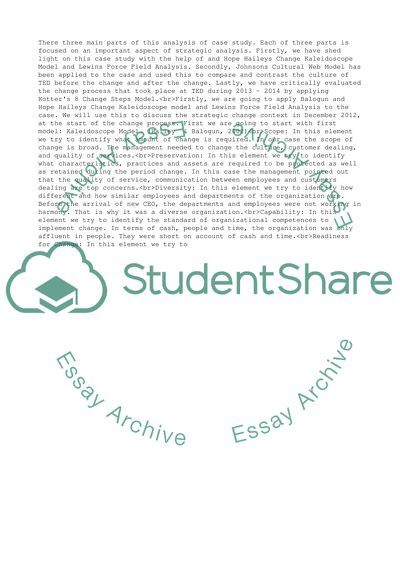Cite this document
(Stratagy choice and change Essay Example | Topics and Well Written Essays - 2000 words, n.d.)
Stratagy choice and change Essay Example | Topics and Well Written Essays - 2000 words. https://studentshare.org/management/1871328-stratagy-choice-and-change
Stratagy choice and change Essay Example | Topics and Well Written Essays - 2000 words. https://studentshare.org/management/1871328-stratagy-choice-and-change
(Stratagy Choice and Change Essay Example | Topics and Well Written Essays - 2000 Words)
Stratagy Choice and Change Essay Example | Topics and Well Written Essays - 2000 Words. https://studentshare.org/management/1871328-stratagy-choice-and-change.
Stratagy Choice and Change Essay Example | Topics and Well Written Essays - 2000 Words. https://studentshare.org/management/1871328-stratagy-choice-and-change.
“Stratagy Choice and Change Essay Example | Topics and Well Written Essays - 2000 Words”. https://studentshare.org/management/1871328-stratagy-choice-and-change.


